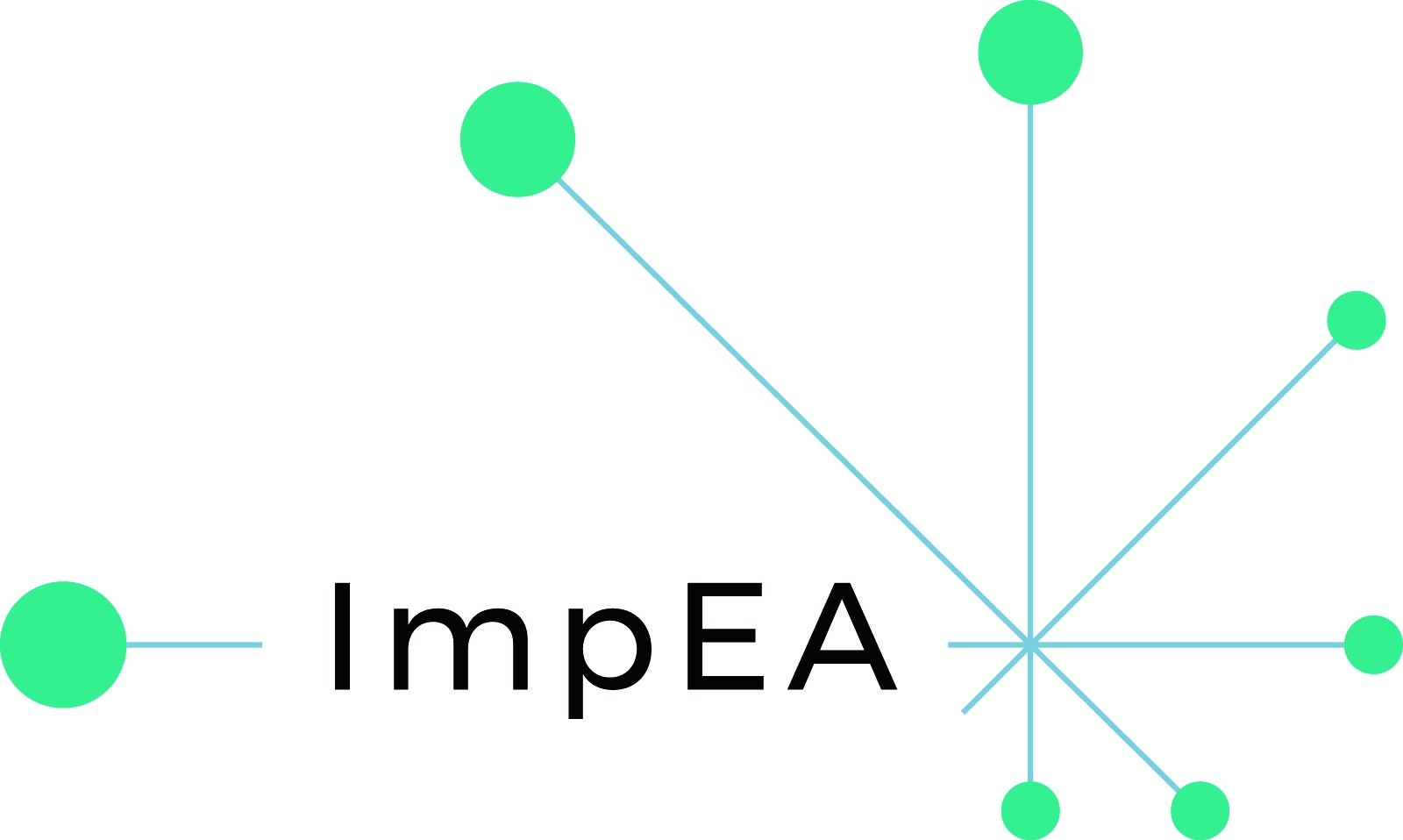Check other articles
1. Eligibility
2. Learning outcomes
3. Study programmes
4. Admission and recognition
5. Learning, teaching and assessment
6. Student support
7. Resources
8. Transparency and documentation
9. Quality assurance
8
Transparency and documentation
Relevant information about the programme like admission requirements and procedures, course catalogue, examination and assessment procedures etc. should be well documented and published by taking into account specific needs of mobile students. The joint programme consortium should develop and publish documents relevant for different purposes and target audience. In order to assure transparency of the programme, policies and procedures, the access to as many official and supportive documents as possible should be open and free. Furthermore, the consortium should take into account the international dimension of its operations, therefore it is crucial to align the language of the documentation with the one used during the programme for instructional purposes.

1. Admission requirements
This part covers all procedures and requirements that have to do with admission and recruitments procedures. It is important to take into consideration that the admission procedure should be common for the whole consortium. Information given by the programme consortium to prospective students at this stage may include:
-
Admission criteria, such as eligible and non-eligible bachelor areas (in case of master program) and criteria weights, English or other language of the program proficiency level and accepted certificates.
-
Tuition fees for EU citizen and other candidates
-
Application form
-
The procedure of selection of candidates
-
The date and way of announcing and publishing the results
-
Possibilities of appeal in case of a negative decision made by the decision-making body
-
Important dates, including the deadline to submit application
2. Curriculum, course catalogue, syllabi
Course catalogue allows students to find the individual courses which make up their degree programme. The curriculum, list of mandatory and elective courses and number of ECTS required to complete the programme are usually available on the joint programme’s website.
The programme consortium should also make the syllabi for each course available. It is important to assure the transparency and consistency of the syllabi outline, so their content is comparable regardless of the institution offering given module. The syllabi should be easily available for students and teachers across the programme consortium. Furthermore, it would most definitely benefit to the transparency of the programme, if the curriculum and course syllabi are made public.
When preparing to the European Approach procedure, it is worth to think of the following issues in the context of courses/ syllabi availability:
-
Privacy-sensitive materials for teaching purposes
-
Materials protected by intellectual property rights
-
The policies and legal requirements of each partner country
-
Permission to publish syllabi from their authors

3. Examination and assessment procedures
Like all other above-mentioned issues, examination and assessment procedures shall also be well-documented and published, taking into account specific needs of mobile students. This means, that they should be available to any current programme student, regardless of their current location.
The examination and assessment procedures are usually available on the joint programme website and each semester has already been assigned exams that need to be undertaken as well as the way students would be evaluated throughout their studies. The other way of disseminating information is to distribute it among all students accepted to the program (e.g. sent to them via email).
A good practise is also to publish online a sample agreement between student and the programme consortium. Such an agreement can also already cover GDPR matters. The students may be already informed that their data may be used for the purposes of evaluating the programmes, efficiently managing the projects, and producing statistics. Such data could be made available to the European and national bodies supervising and/or externally evaluating the programme (i.e. external quality assurance body, Erasmus+ national agencies, EACEA, etc.)
Finally, it is important to remember that this standard of the European Approach corresponds with the Standard 1.8 of the Standards and Guidelines for Quality Assurance in the European Higher Education Area (ESG). Therefore, the requirements of both of them should be equally taken into consideration.
